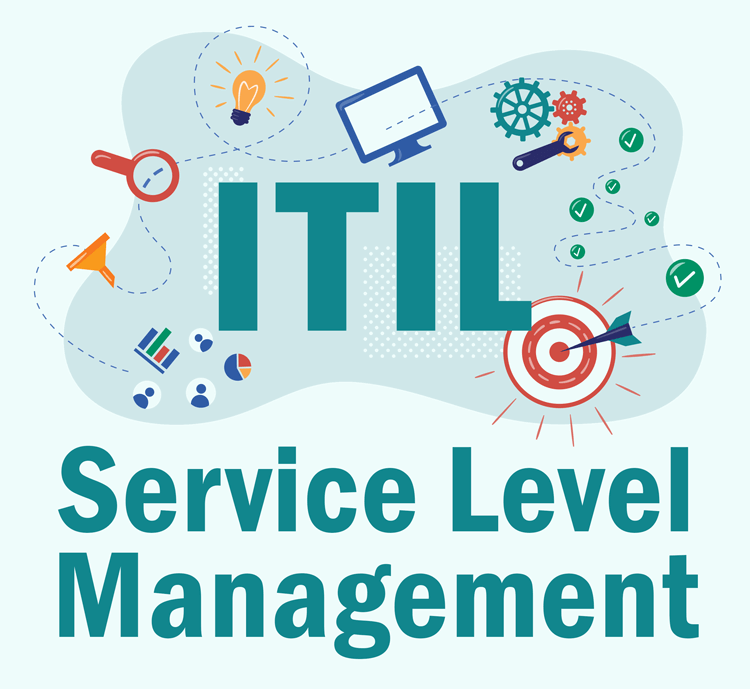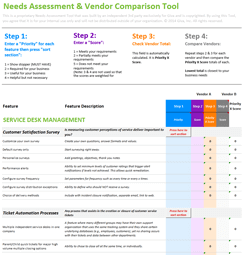Who Does What? How to Quickly Adopt ITIL Roles and Responsibilities
The ITIL Guru sat at his desk, looking over the latest monthly IT performance summary. Since he was the Continuous Improvement Practice advisor, he tried to make sense of it. The phone rang.
"Good morning. How may I help you?"
"Hi, Guru. I am the new CIO, Bill. I met with the executive board today. After investing in an ITSM (IT Service Management) tool and ITIL 4 Foundation training, the board is concerned that our IT performance has not significantly improved. I understand that you came to our company with a lot of ITIL experience. Do you have any insights?"
"I was reviewing the performance summary when you called. You are right, and the reports do not show a significant change. There is only one reason for such an overall result. We have not fully embraced ITIL through roles and responsibilities."
"Can you come to my office at noon? I will order sandwiches and invite my direct reports if you don't mind. I want to hear your advice."
"Yes. Noon and sandwiches work for me."

If ITIL is Not Producing the Results You Want, Look to Roles and Responsibilities
"Thanks for inviting me today. Bill asked me for my opinion on why our ITIL rollout is taking so long.
"First, I will give you my 30,000-mile view. I believe that the root cause was an incomplete launch of IT Service Management, best practices project. I am excited that Bill has recognized this and now wants to correct his predecessor's project.
"Of course, we did some key things right:
- We purchase an excellent ITSM application that supports all ITIL practices.
- We sent some staff to ITIL 4 Foundation training.
"Areas where the project missed the mark:
- We did not send senior IT staff to ITIL training. So now, there are no ITIL leaders.
- We have not activated all ITSM Practices. We only licensed everyday ITIL Practices from our old tracking system. Of the 34 ITIL Practices that depend on each other, we only authorized eight Practices (less than a quarter).
- We failed to assign new Foundation-trained people to improvement projects. They come away from training ready to apply ITIL best practices, and there is no one there to lead them. We lose the momentum.
- We do not have a clear ITIL vision, goals, or a path to service excellence.
- And lastly, we have not identified the important ITIL roles or assigned staff.
"Before I describe a simple solution, I don't want you to be too hard on yourselves. Regrettably, these are common failures in the ITSM space."
"As the new CIO, I agree 100%, Team. I am not one to look back and feel bad or wish it had been different. Instead, we should look forward and learn from our mistakes.
"The central issue is never strategy, structure, culture, or systems. The core of the matter is always about changing the behavior of people."
John P. Kotter, author of A Sense of Urgency.
Three Critical Roles for Optimizing Service Delivery
"Bill's mission statement is clean: IT's role is to provide business Information and Technology to deliver that information securely when and where the business needs it to meet business goals. The company cannot achieve greatness without a great IT department.
"Best practice recommends creating three ITIL roles before we do anything else.
ITIL SMS (Service Management System) Manager
ISO/IEC 20000 (The International Standard for Service Management)1 recommends that one person, the SMS manager, owns ITIL. The role is to ensure that IT delivers IT services as required. Therefore, the ITIL Service Manager is the company's person with the vision and knowledge to lead the ITIL project. The Service Manager should report directly to the CIO and share the same vision.
ITIL Service Owner
- A Service Owner owns the service (e.g., Service Desk, service application, everything in the service catalog).
- Service Owners are responsible for delivering the service within the agreed service levels (SLAs).
- They are accountable for the continuous improvement of the service.
- They may reside either within a business group (e.g., Purchasing Department) or within IT (e.g., Applications).
The beauty of finding service experts within the business is that they use the service every day and have a user perspective. Their work depends on the high performance of the service, and they want it to improve with changing company requirements.
In addition, when the Service Level Management practice conducts surveys to determine service experiences, there is no doubt who to contact, the Service Owner.
ITIL Service Manager
Service Managers lead diverse IT teams in support of one or more services:
- They are Responsible for their part of technology in support of the service (Subject Matter Expert - SME)
- IT embeds SMEs within various IT departments as part of virtual service support teams. The graphic below depicts the service (e.g., SAP Purchasing).
The diagram shows the role of the SAP Purchasing service owner. We often call this person the customer and is the subject matter expert residing in the purchasing department. According to ITIL, the customer/owner defines the service requirements2. These service requirements are the core of Service Level Agreements.
Completing the service structure are several IT Service Managers working to deliver the service in different IT departments. They all must follow written procedures, goals, responsibilities. Continuous improvement of the service is the ultimate goal.
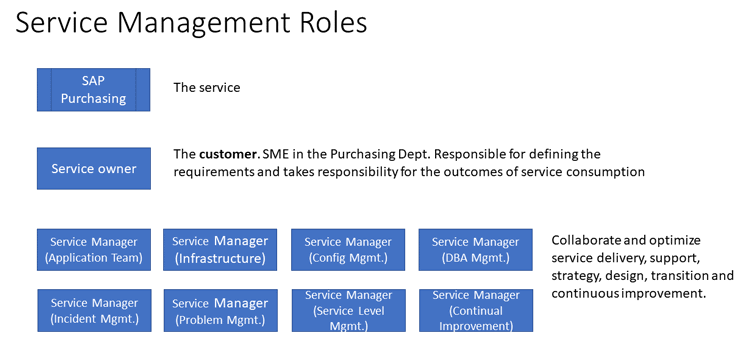
Optimize ITIL Quickly Through the Service Management Matrix
ITIL suggests two roles for each ITIL practice, Practice Owner and Practice Manager.
Practice Owner
- A Practice Owner owns the practice. There can only be one Owner.
- The Owner is responsible for:
- Following ITIL best practices.
- Continuous improvement.
- Working with other Practice Owners to optimize value streams and processes.
- Documenting the Practice.
- Regularly publishing business metrics accomplishments.
Practice Manager
- There are as many Practice Managers as needed.
- Each IT department has at least one Practice Manager for each ITIL Practice.
- They ensure the department is following the directives of the Practice Owners.
- They work with Practice Managers in other IT departments.
- They develop and optimize value streams and processes within their department and managers in different teams.
- They create and manage Operational Level Agreements (OLA) between all value stream participants (i.e., other IT departments).
- The Practice Manager's job is to improve the Practice continually and enter suggestions into the Continuous Improvement Register (CIR).
- The best approach is to rotate roles (e.g., changing roles every three months for fresh eyes and training).
- They regularly report accomplishments to the ITIL Service Manager.
Below is a graphic representation of how roles work with just four functional teams and the Incident Management Practice.
ITIL Role Assignments across the organization
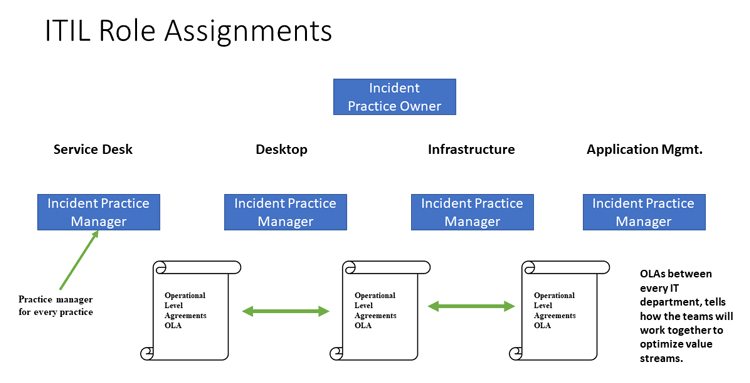
Optimizing Roles Using an ITIL RACI Matrix
RACI: Responsible, Accountable, Consulted, Informed
In the following diagram, we look at one Practice, Incident Management. The Incident Management Practice Owner, in collaboration with all Incident Managers in functional teams, creates a value stream RACI model for incident handling.
In column A is the Incident process number. This number represents the documented work instructions to perform the step.
In column B is the value stream step. As mentioned above, the work instructions define the input/output parameters. Quality in, quality out is the mantra. The details also define the audit procedures at each step. Documentation and training ensure quality at the end of the value stream.
Across the top are the different IT departments and their RACI responsibility. Developing a RACI chart is the key to quickly training quality habits throughout the organization.
Incident Management and RACI Model
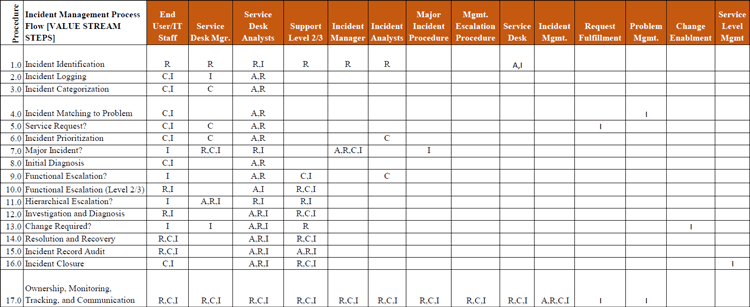
Value Stream Analysis to Remove Waste
Value streams are everything! When you document how we perform work into each step, you will uncover wasted time and effort everywhere, along with missed opportunities to optimize service.
Assigning a value stream to an owner is a best practice for Continuous Improvement. When someone identifies a chance to improve, enter suggestions in the Continuous Improvement Register (CIR), and the improvement process begins.
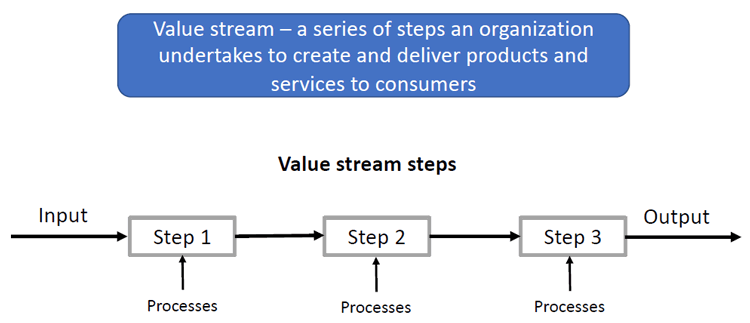
Roles are Not People!
"One person can easily do multiple roles. For example, a software engineer SME may have the following skills:
- Project Management Practice team developing software routines.
- Incident Management Practice - assigned to resolve an incident.
- Request Management Practice - improving self-help.
- Problem Management Practice - conducting root cause analysis.
- Continual Improvement Practice project leader.
- Knowledge Management Practice writer and publisher of knowledge articles.
- Service Design SME for various services improving quality for department's zero defects goal.
- Capacity and Performance Practice team lead.
- Release Management team leader for a service
- Change Enablement member of the CAB.
"I think you get the point. People play different positions all the time. Therefore, there is no need to hire more ITIL-specific people. Instead, follow these best practices:
- Enable All ITIL Practices.
- Cross-train continuously.
- Fill in all ITIL roles.
- Document:
- Workflows
- Value streams
- Processes
- RACI
- Knowledge articles
- Build a robust knowledge tool.
- Hold everyone responsible for continuous improvement.
- Set Big Hairy Audacious Goals (BHAG)3. For example:
- Reduce recurring incidents by 10% each quarter
- Increase standard changes to 80%
- Repeat, Repeat and Repeat again!
"And that is how to adapt ITIL best practices quickly. The secret is IT Service Management leadership top down!"
Footnotes:
1. ISO 20000: The International Standard for Service Management
2. ITIL Foundation 4 Edition, Axelos, Global Best Practice, p. 10
3. BHAG from book Built to Last by Jim Collins and Jerry Porras

